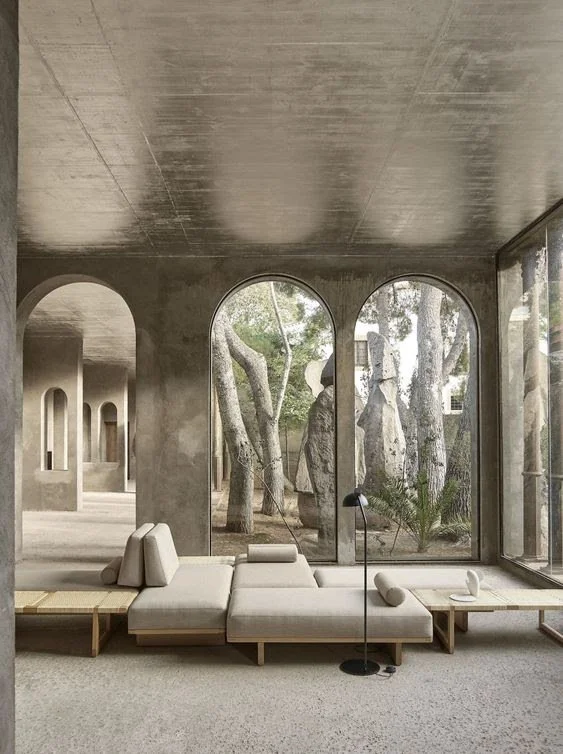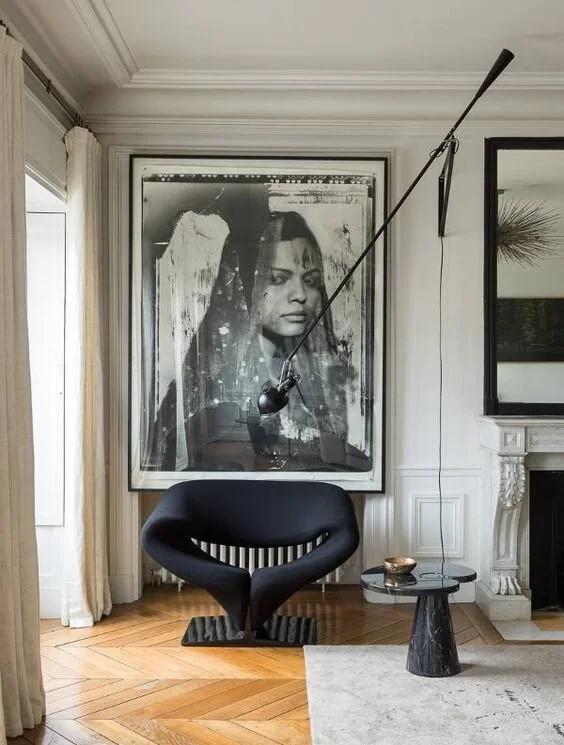Interiors have evolved to center stage as people are spending more time at home. As a result, Architects and Designers are increasingly aware of their responsibility in improving their clients’ well-being as they study the best solutions for their interior design projects. Spaces are being designed to be raw rather than refined. Keeping the architectural elements defined and exposed in a pleasant appearance to the eye. Today we want to outline the exposure of architectural elements in interiors.
We are seeing structural elements in the interiors that are being exposed and creating spaces that otherwise would have been considered dead space or basic entryways into spaces that are masterpieces in homes and serve a purpose – like a glass ceiling bringing nature into the home instantly. Engaging the structural elements such as a beam and column (structural elements) to be part of the aesthetic of a home has become more appealing and characterizes the space as a bold interior.
The art of the designers lies in transforming challenging elements of a home into beautiful focal points. Exposed beams are an example of just that, designers find ways to incorporate these elements in their design for the home to feel and be seen as a whole.
For a long period of time, designers were used to cover the ceiling (pipes, framework, tubes and cables) with suspended ceiling or ceiling tiles and the user would be more comfortable living in it. Recently, the process of reclaiming the natural materials of construction has been the approach of many designers, leaving those elements to be part of the space and have nothing to hide from its user.
Precautions and modern tools have made it possible to expose such materials and structure, which are much needed to ensure durability, quality and performance. For example, exposed concrete is one sought out feature many designers demonstrate in their designs, not only in museums, hotels but in smaller-scale buildings as well. It is an attractive feature that requires extra attention to many details such as exposure to weather conditions, specification of coatings, placement of the formwork, and correction of imperfections.
Ancient construction techniques, like the Arch or vault, were used to create spaces and carry weight when concrete and steel were still yet to be discovered. Archways are typical of traditional architecture and are now having a revival thanks to architects and designers, adding curved doorways, rounded windows, and arched mirrors to their interior design projects.















